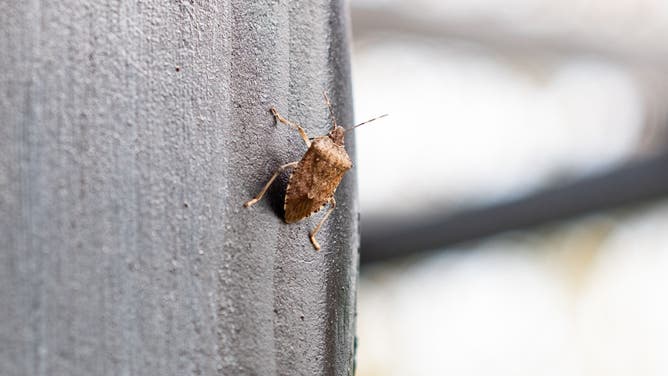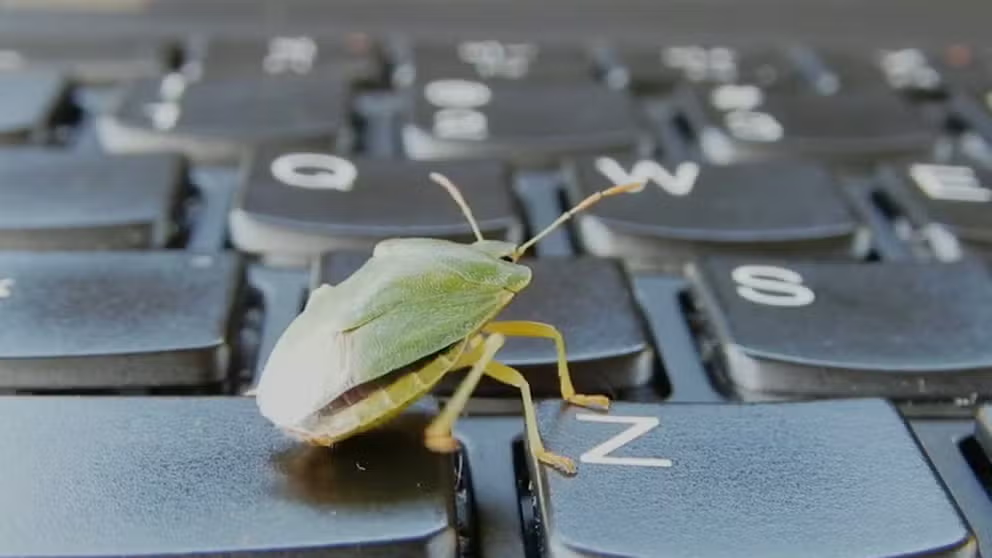Stink bug seasonal activity gradually decreasing across US
Specialists say despite the bug’s reduced activity levels during the fall and winter, it is when clusters are usually discovered. Except for their annoying presence and foul odor when they feel threatened, the pests are not considered harmful.
Extreme heat leads to more bugs seeking refuge inside homes
Tarrant County Pest Control owner Brent Russell says the summer heat in 2022 has led to a busy season for battling insects.
An invasive species known as the stink bug is heading into its winter hiding spots, meaning they may show up in some unwanted locations in preparation for the long season ahead.
The brown marmorated stink bug is thought by researchers to have been accidentally brought to the U.S. from Asia during the 1990s and has spread to most of the country.
The bug is a shade of brown with half a dozen legs, but despite its menacing appearance, it is not harmful to humans or pets, North Carolina entomologists say.
What the quarter-sized bugs are known for is a foul odor when they feel threatened or are squashed.
MONARCH BUTTERFLIES ARE NOW LISTED AS ENDANGERED

Brown Marmorated Stink Bug in Aachen on April 20, 2021
(Photo by Wassilios Aswestopoulos/NurPhoto via Getty Images / Getty Images)
According to entomologists, the bugs move into dead trees, attics and other protected areas during September and October and stay there for several months.
The only real danger they pose is to pipes and equipment with crevices and holes, which the bugs can crawl into and block.
During the late spring, the adults will leave their winter structures and head to nearby brush and woods, where they will lay eggs.
According to N.C. State’s Extension office, many venture into agricultural fields where crop damage can occur.
They have been observed feeding on fruits and vegetables, including apples, apricots, pears, cherries, corn, grapes, peaches, peppers, tomatoes and several types of beans.
GIANT BUG FOUND AT AN ARKANSAS WALMART IDENTIFIED AS A JURASSIC-ERA INSECT

North Carolina entomologists say the brown marmorated stink bug is an invasive species that was introduced into the U.S. from Asia during the 1990s and has grown ever since.
(N.C. State Extension / FOX Weather)
The United States Environmental Protection Agency says there are few effective pesticides that can control the species in widespread outbreaks.
For more nuisance sightings in homes and businesses, the agency says aerosols and other types of insecticides will kill the pests but will not prevent further infestation.
For long-term management, the agency suggests making sure weather stripping is in place, cracks and other entry points are sufficiently caulked and screens are secure around windows and fireplaces.
The highest concentrations of stink bugs are known to exist in the mid-Atlantic region but have been reported in more than three dozen states.
